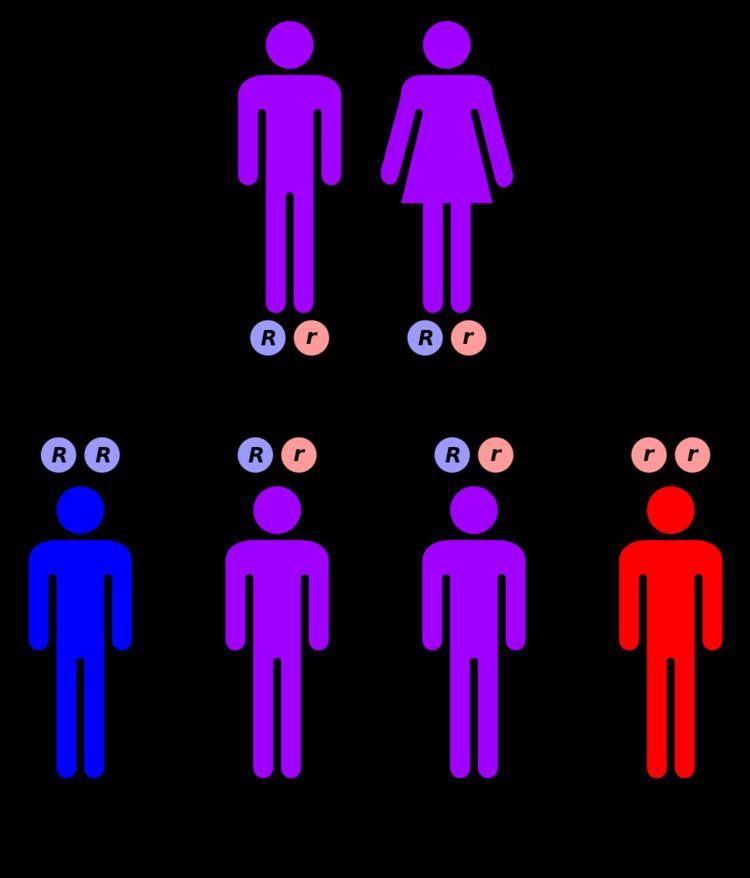Specialty medical genetics ICD-9-CM 753.16 DiseasesDB 29224 | ICD-10 Q61.8 OMIM 256100 Patient UK Nephronophthisis | |
 | ||
Nephronophthisis is a genetic disorder of the kidneys which affects children. It is classified as a medullary cystic kidney disease. The disorder is inherited in an autosomal recessive fashion and, although rare, is the most common genetic cause of childhood kidney failure. It is a form of ciliopathy. Its incidence has been estimated to be 0.9 cases per million people in the United States, and 1 in 50,000 births in Canada.
Contents
Signs and symptoms
Infantile, juvenile, and adolescent forms of nephronophthisis have been identified. Although the range of characterizations is broad, people affected by nephronophthisis typically present with polyuria (production of a large volume of urine), polydipsia (excessive liquid intake), and after several months to years, end-stage kidney disease, a condition necessitating either dialysis or a kidney transplant in order to survive. Some individuals that suffer from nephronophthisis also have so-called "extra-renal symptoms" which can include tapetoretinal degeneration, liver problems, ocularmotor apraxia, and cone-shaped epiphysis (Saldino-Mainzer syndrome).
Cause
Nephronophthisis is characterized by fibrosis and the formation of cysts at the cortico-medullary junction, it is an autosomal recessive disorder which eventually leads to terminal kidney failure.
Pathophysiology
Mechanism of nephronophthisis indicates that all proteins mutated in cystic kidney diseases express themselves in primary cilia. NPHP gene mutations cause defects in signaling resulting in flaws of planar cell polarity. The ciliary theory indicates that multiple organs are involved in NPHP (retinal degeneration, cerebellar hypoplasia, liver fibrosis, and intellectual disability).
Related rare genetic disorders
Nephronophthisis is a ciliopathy. Other known ciliopathies include primary ciliary dyskinesia, Bardet-Biedl syndrome, polycystic kidney and liver disease, Alstrom syndrome, Meckel-Gruber syndrome and some forms of retinal degeneration.
NPHP2 is infantile type of nephropthisis and sometimes associated with situs inversus this can be explained by its relation with inversin gene. NPHP1, NPHP3, NPHP4, NPHP5, and NPHP6 are sometimes seen with retinitis pigmentosa, this particular association has a name, Senior-Loken syndrome.
Diagnosis
The diagnosis of nephronophthisis can be obtained via a renal ultrasound, family history and clinical history of the affected individual according to Stockman, et al.
Management
The management of this condition can be done via-improvement of any electrolyte imbalance, as well as, hypertension and anemia treatment as the individuals condition warrants.
Epidemiology
Epidemiologically speaking, nephronophthisis, occurs equally in both sexes, and has an estimate 9 in about 8 million rate in individuals. Nephronophthisis is the leading monogenic cause of end-stage renal disease.
